India is experiencing rapid change as a consequence of 21st century urbanization. Making steady inroads into fertile farmlands, lush forests, thriving wetlands, and productive grasslands, urban expansion is steadily converting biodiverse lands in shades of blues and greens into swathes of gray concrete. The United Nations World Population revision estimates that by 2050, an additional 404 million people will squeeze into India’s already stuffed cities and towns. This adds to the substantial increase in India’s urban population since the country’s independence—the proportion of India’s population that is urban has almost doubled between 1950 and now. Far from tapering off, urbanization will, if predictions prove correct, swiftly accelerate in the coming decades.
Three challenges from India’s urban centers illustrate the urgent need for a new ecological wisdom based on transdisciplinarity.
While India already has three of the world’s ten largest cities (Delhi, Mumbai, and Kolkata), it also now contains three of the world’s 10 fastest growing cities (Ghaziabad, Surat, and Faridabad). Although urbanization is a relatively recent phenomenon for these smaller cities and towns, they represent the face of urbanization to come.
Unprecedented urban growth has given rise to a suite of environmental challenges, ranging from air pollution to flooding, and from feral animal control to epidemic outbreaks. Dealing with these challenges demands a better understanding of how ecological processes interact with social drivers and outcomes in cities. Such knowledge is in short supply. In general, ecologists have tended to ignore cities. Despite the growing attention to urban ecology, there are massive gaps in our knowledge. Cities cannot run well without attention to ecology and to ecological science. And ecological science, in turn, demands a great deal of social science, as well, to glean what people want from cities and from their urban commons. In short, we need more multi-disciplinary and interdisciplinary urban ecological research.
For cities to survive, we need to develop a new ecological wisdom. And that requires a concerted focus on data gaps and new ways of integrative thinking that recognize the importance of technology and science, but which are equally cognizant of, and bounded by, societal needs and requirements for social justice. Three ecological challenges facing Indian cities today—air pollution, flooding, and disease epidemics—illustrate the need for this shift in thinking.
As I write this in November 2016, Delhi is suffering from alarming rates of air pollution, by far the worst experienced by any Indian city so far. Schools and colleges have been ordered closed for a week, and all new construction has been banned while the city struggles to put together a comprehensive plan to combat air pollution. These challenges are not unique to Delhi, of course. A new meta-analysis of data from 245 cities finds that air pollution is responsible for tens of thousands of deaths annually in urban areas worldwide. Nature can serve an important role in combating environmental challenges like air pollution. A number of studies show that trees and plants can play a major role in reducing outdoor and indoor air pollution.
Yet there is still a lot to learn. For instance, much of the research assessing the role of trees on reducing air pollution has been conducted in parks. In comparison, street trees, which may have a greater role to play in reducing air pollution by virtue of their location along conduits of high traffic, where air pollutants are often concentrated, are less studied. Nor do we have a consensus on the types of trees that are most efficient at reducing outdoor air pollution, in contrast to our knowledge of how to combat indoor air pollution via plants. Adding to the health challenges of air pollution is the problem of urban heat islands, which are caused by unchecked concretization, and are linked both to the disappearance of lakes and wetlands and to the clearing of trees. Faced with one of the worst heat waves in recorded history this year, Indian cities faced exceptional maximum temperatures in summer due to a vicious combination of extreme events triggered by climate change and urbanization.
Air pollution and heat strokes affect the poor and homeless much more than the wealthy, making the already substantial challenges of environmental injustice in cities worse. Heat waves make people angry, stressed, and deeply depressed, another side effect of urbanization that is exacerbated by the foolishness with which we disregard our environment. We need local research that can identify the best tree and plant species for urban heat island mitigation and air pollution remediation in different cities, taking into consideration local ecologies, the characteristics of local architecture, and sources of pollution. This requires investment by local municipalities, which is deficient because of the lack of awareness of the importance of finding natural ecological solutions to urban environmental problems.
Identifying a set of recommended species for urban planting is not just a question of ecology; it involves economic and cultural preferences as well. Often, urban planners and planning documents count numbers of trees, and plan targets for millions of trees to be planted, quite as if one tree were the same as another. Thus, New York has a Million Trees Program, while Mexico City has recently announced plans to plant 18 million trees to combat air pollution. Yet, there is little description of what species they plan to plant.
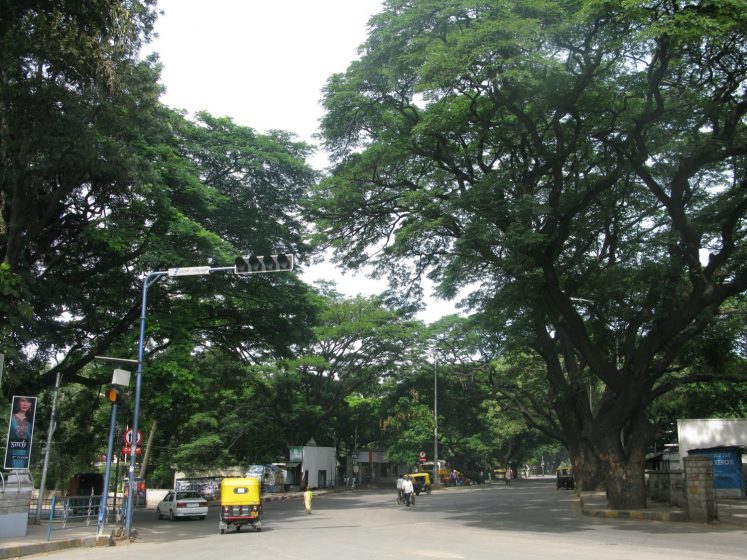
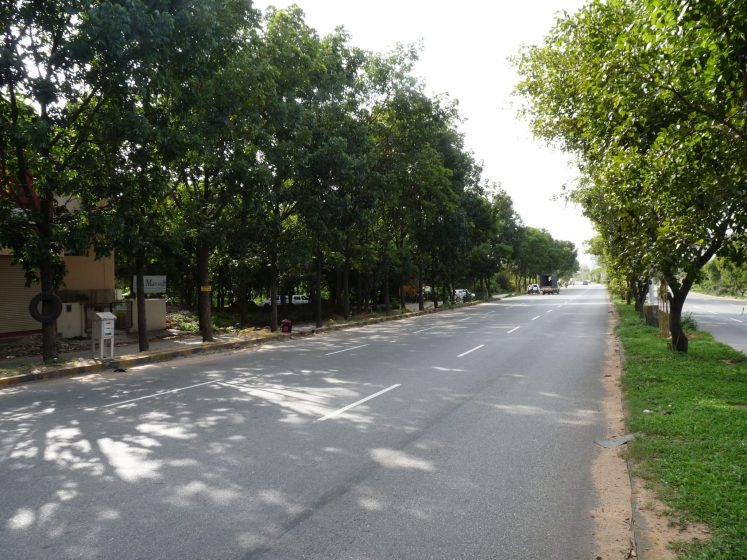
Trees come in a range of shapes and sizes. A street lined by majestic trees that are close to a century old, with massive canopies, will receive much greater shade and protection from pollution than a street lined by young trees with small canopies that only shade the median. Similarly, our discussions with street vendors and city walkers alike suggest a strong preference for trees with shade (understandably so). Business districts with street cafes and restaurants value trees, especially in hot cities where a street vendor located under the strategic shade of a tree can expect to do brisk business. But trees mean much more to people than the size of their canopies. Along with science, social science research must play a role in helping planners to understand what trees to plant.
Cultural preferences for species vary across cities. In Bangalore, people prefer the honge (Pongamia pinnata), whose shade is believed to be good for health, and the neem (Azadirachta indica), whose air is believed to heal breathing disorders. The South African city of Pretoria is covered by tens of thousands of beautiful Jacaranda trees, which turn the city’s skyline purple during the flowering season from September to November. Despite being imported from Brazil, these trees form a beloved part of the city’s cultural identity. While cherry blossom (Prunus spp.) trees are famous in their country of origin—Japan—many cities across the world, including São Paulo, Hamburg, Vancouver, and Washington DC have areas planted with cherry blossom trees that are prized by the city. Can we prepare a list of species for each city that satisfies local socio-cultural and ecological requirements? Species that are relatively hardy, stress tolerant, provide shade, and reduce air pollution, that people also like to see, sit under, and walk around? Such information should be easy to collect, yet the published literature on this is lacking.
Other urban ecological issues urgently demand the generation of new local knowledge through interdisciplinary and transdisciplinary collaborations. Flooding and drought constitute widespread challenges across cities. Severe floods put most of Chennai under water towards the end of 2015, for instance. Many cities, including Bangalore and Chennai, have become dependent on ground water. Both flooding and drought can be controlled by the reclamation of urban wetlands and lakes, which have become casualties to urban development.
The municipality of Bangalore recently undertook a much-publicized demolition drive to remove illegal encroachments on wetlands and connecting stormwater channels. Many vulnerable local residents lost their homes and life savings during this time Yet, as many argue, the topography of the city has already been profoundly altered by construction. City planners rely on maps that are over a century old to reconstruct the hydrology of water bodies that were built to supply a city that held a fraction of its current population. In addition to transformations in topography, transformations have taken place in the hydrology of most urban water bodies. From being largely seasonal and rain fed, they have transformed into essentially perennial and sewage fed. Such fundamental transformations in the ecology and hydrology of urban water bodies requires research to determine new ways of management. This necessitates collaborations between hydrologists, ecologists, landscape architects, and urban planners, along with community activists who can help figure out management solutions, such as alternative options for urban hydrology that can help vulnerable residents avoid the risk of demolition of their homes.
Vector borne disease epidemics constitute a third ecological challenge of increasing magnitude. Malaria, chikangunya, dengue, Japanese encephalitis, and other diseases—some known, others unknown—have swept across Indian cities from north to south and from east to west. We do know that it is a wicked combination of heat, rainfall, poor sanitation, and poor drainage that play a role in the spread of mosquitoes. But mosquitoes have proved very difficult to control. Many cities rely on insecticide fogging around lakes, garbage dumps, and other places where stagnant water may persist. Fogging is only a short term solution, and a partial one at that; it leads to other problems of toxicity and insecticide resistance over time. What we need instead is better insights into the altered mechanisms of spread of the mosquito in urban areas. Anecdotal reports suggest that the Aedes aegypti mosquito (the main carrier of dengue and chikangunya), which was originally a daylight feeder, has adapted to urban environments with artificial light, and now actively bites at night in areas that are well lit. Other studies suggest that urban mammal companions—such as dogs, cattle, pigs and goats—act as incompetent or dead end reservoirs for the virus, slowing down disease transmission. Both these points suggest that some diseases may, ironically, spread faster in wealthier environments with bright night lights, and which are kept free of stray dogs and free ranging livestock. In the absence of research on the social and ecological factors that influence the spread of mosquitoes in crowded urban environments, we can only speculate. Cutting edge research on urban diseases is urgently needed, and requires focus by municipal authorities, public health officials, and epidemiologists. Trandisciplinary, collaborative research could go a long way in solving urban disease challenges.
Some of the research questions that emerge, such as which are the best trees to plant to reduce air pollution or urban heat island effects in specific cities, are local problems that require local studies. Others, such as understanding the role of urban livestock and artificial lighting in disease transmission, or the impact of changing hydrology on the management of urban wetlands, have global and regional implications. Yet all of these are critical for urban sustainability and greater livability and well-being in cities. Why, then, is urban transdisciplinary research so hard to find? Part of the reason may lie in the lack of attention by municipalities and funding agencies, who need to be educated on the importance of ecological research and urban ecological design for providing adaptive solutions to many pressing urban environmental challenges. But another problem is that such research is often rather unattractive for scientists. The information it provides is relevant locally, rather than internationally, causing such research to have a reduced likelihood of acceptance in well-cited international journals, an important currency of recognition for scientists.
Urban sustainability demands sustained, bottom-up transdisciplinary research, driven by collaborations between scientists, community members, urban activists, city planners, and corporate actors—as well as poets, visual artists, musicians, and writers. We need dialogues within cities, but also across cities. Here is where conversations, such as those seen in many of The Nature of Cities’ blogs and roundtables, play a role. Transdisciplinarity requires being in for the long haul. It demands the building of trust between disparate actors, such as activists, corporations, and state officials—many of whom have been traditionally at loggerheads with one another—developing a shared language. None of this is easy, which is why it has not been done before. But it is urgent. We need to learn from the past, but look to finding solutions for the future. We need old wine—a richer understanding of traditional social-cultural preferences for urban ecology—in a new bottle, shaped by cutting edge scientific research.
Harini Nagendra
Bangalore


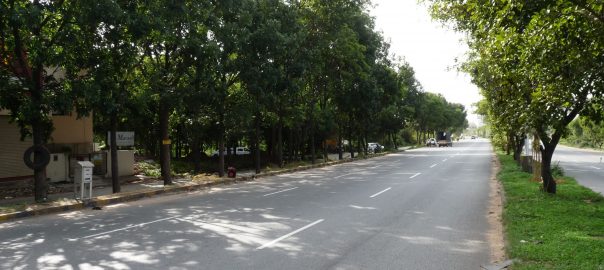
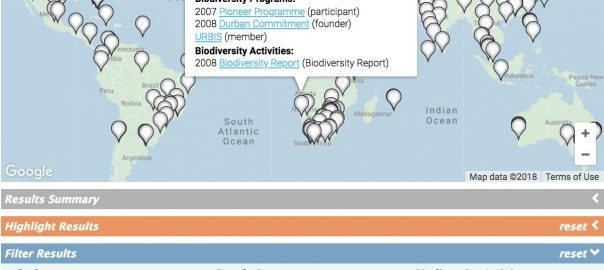
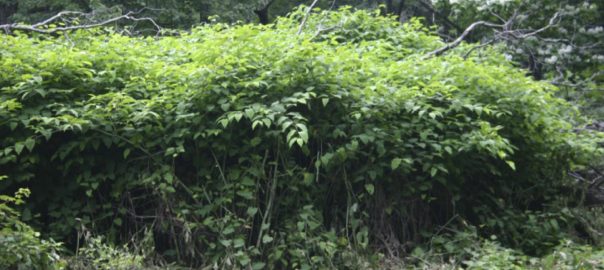
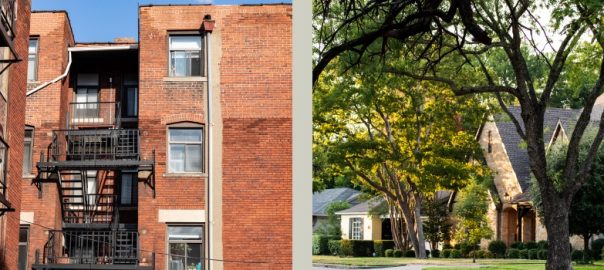
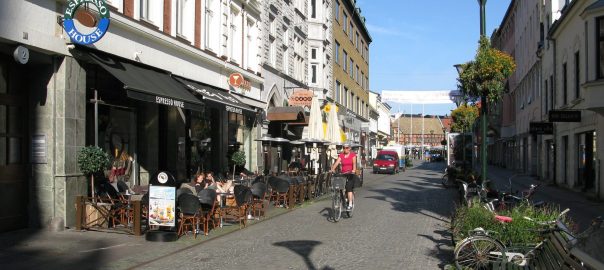
Leave a Reply